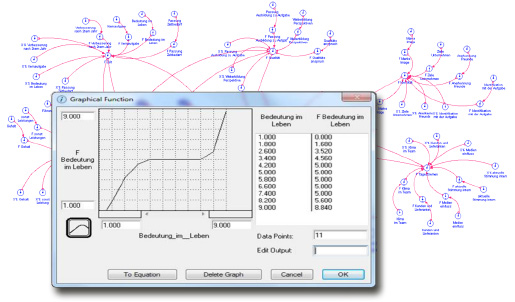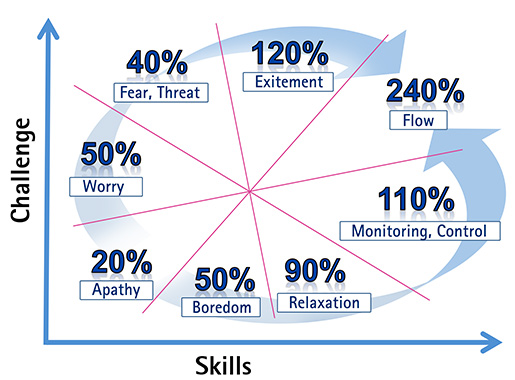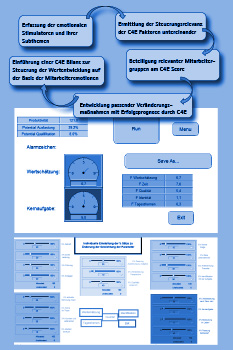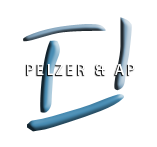| Search Contact Company Info Client server | |||||||
|
|
|||||||
|
|
Calculated Emotions – A good feelings' value can be determined for your enterprise.
The formula C4E – Cost for emotion
Feelings determine our everyday lives - both in private life and in business. It is common sense that if a company prevails in a good mood it will perform better than struggling in bad moods. World-renowned entrepreneurs like Sir Richard Charles Nicholas Branson or companies such as Google rely on the "feel-good factor" with their employees. In the advertising industry, it’s all about creating good feelings before you seduce a customer to spend any money.
But how to calculate the financial impact of a proposed measure caused by emotions?
Generations of human resource managers tell stories about well treated staffs that return money after investing in a good mood. On the other hand entrepreneurs consider money as wasted when spent on incentives and bonuses. But:
Everybody agrees: good vibes – good business!
Entire economic forecasts are based on this vague principle (IFO). For more than 3 decades, motivation psychologists explore the relationships between emotion, reward, and performance.
Combining motivational research with empirical economic research we have developed a scientific formula (C4E, cost4emotion), which maps the relationships between mood and productivity which is the basis for successful action and profits.
The nonlinear effects that connect the cross linked parameters can be adapted according to new research findings:

Learn about the importance of emotional balance of your company:
Every company knows its financial balance sheet – it is used to assess the performance. Financial ratios, however, provide a very limited image of a company.
The environmental performance and sustainability are further prospects for assessing long-term successful company activities.
Employee satisfaction and attractivity for new hires are very emotionally influenced factors that are becoming more and more important for daily profit and long term success.
The emotional balance is made up of a complex set of all emotionally driven factors.
It determines the value of the company from the perspective of people working inside the company.
The five main emotional factors are:
- Appreciation
- Time efficiency of own labor input
- Quality of work
- Identification
- Daily business
This five emotional factors are further divided into 25 fields. In every field we mathematically evaluate and represent the nonlinear connection between performance motivation, success and personal impetus.
We have linked the research results from motivation and happiness research with empirical economic research. Growing number of cases prove the relation between happy employees and profitable companies.
With C4E you can figure out you companies emotional costs. Even better we will find potentials to improve your investment and utilize your employee’s skills and emotional capacity.
With the help of the C4E formula you will get answers for questions like:
-
How much is productivity reduced by a recommendation factor of minus 97%?
How much productivity is created by free meals for employees?
How much profit can we generate by free childcare?
How much can we increase the company's value with a top ranking among new hires?
How affects a bad employers mood the production failure rate.
How does gloom in a call-centre influence the costs of managing complaints?
The flow factor of an employee and his impact on productivity:

Explanation of the graphics
Challenge: The challenges should grow and adapt in order to increase productivity.
The balance between skills and challenges leads to maximum productivity.
Apathy – 20% of the average productivity: The lowest productivity is achieved in the absence of challenge and unused / not existing skills.
Boredom – 50% of average productivity prevails in the absence of challenge and only partly used skills.
Relaxation – 90% of average productivity is achieved when the skills are used, but the challenge is missing.
Domination / control – 110% of the average productivity: The skills are excellent, the requirements can be well fulfilled: this leads to controlled productivity
Worry – 50% of average productivity: sufficient challenges and absence of skills lead to worry.
Fear and threat – 40% of average productivity: weak skills combined with high challenges create fear and threat.
Exitement – 120% of average productivity: the challenge is high and together with high skills you have fun to perform.
Flow – 240% of average productivity: meeting the most demanding requirements and capabilities – peak performances high above the average standard are possible.



